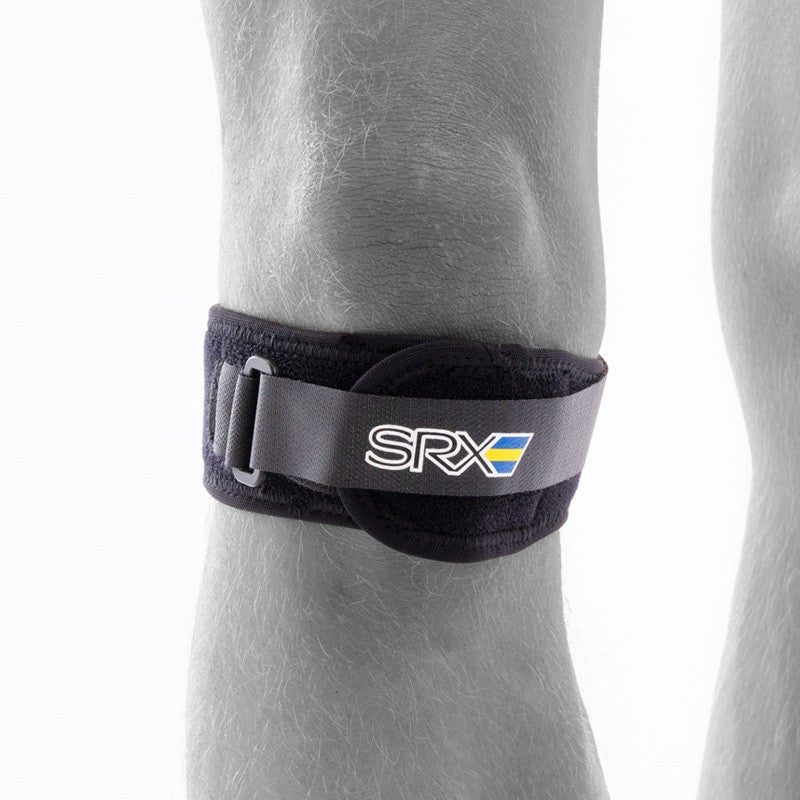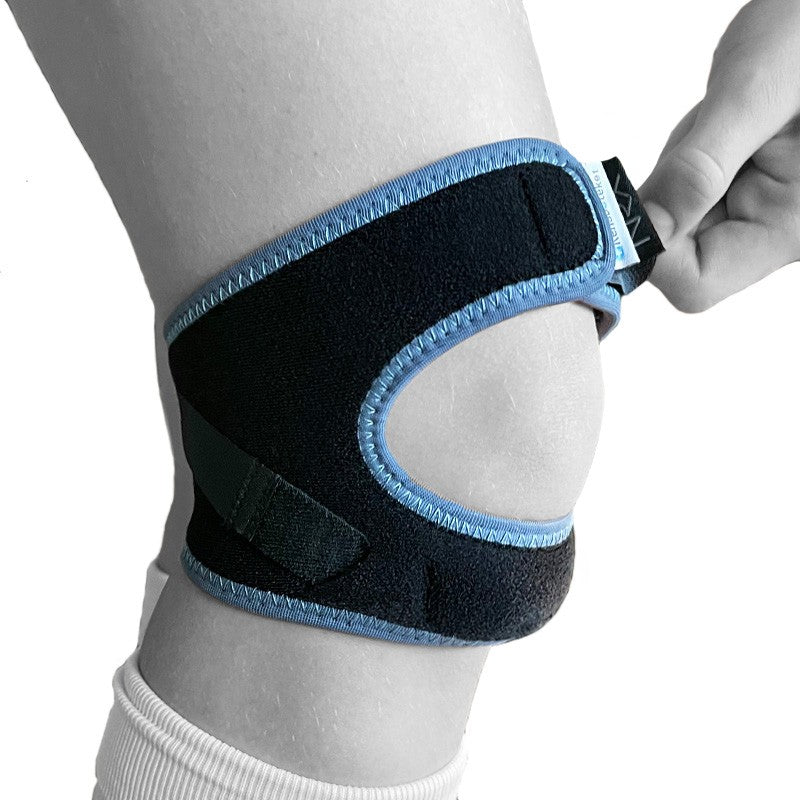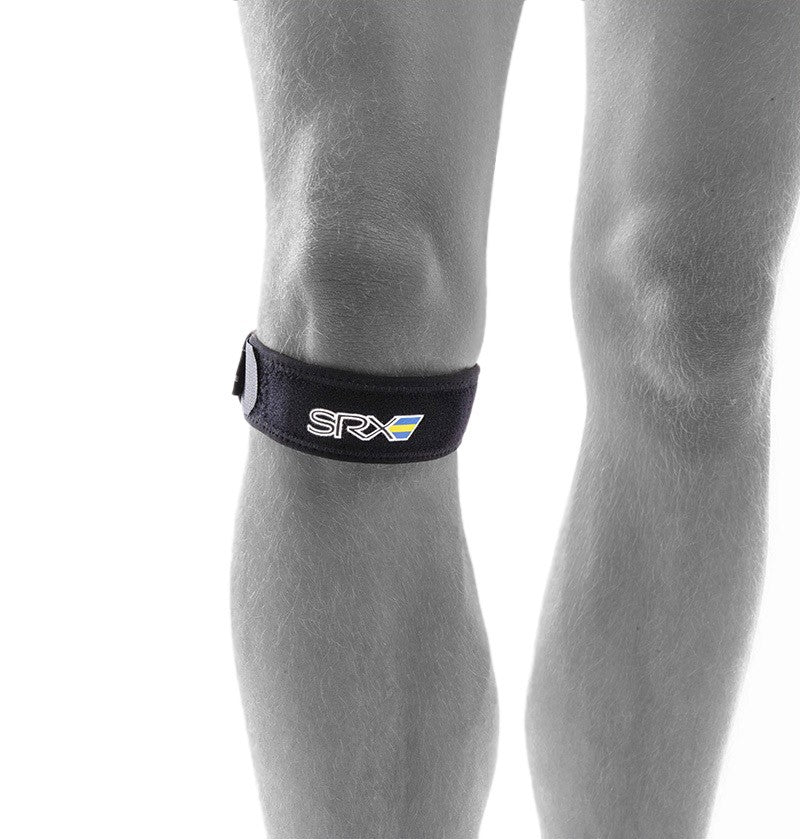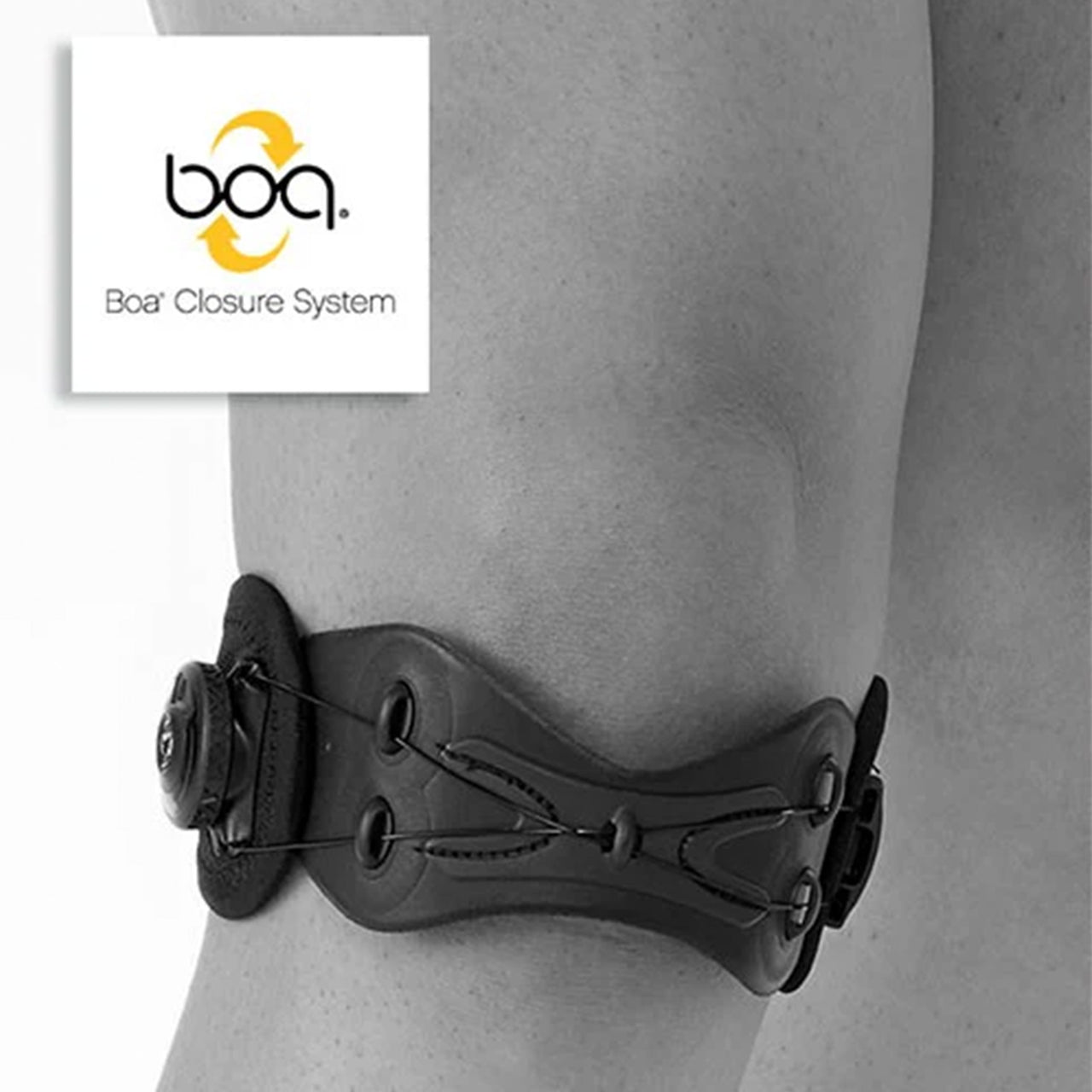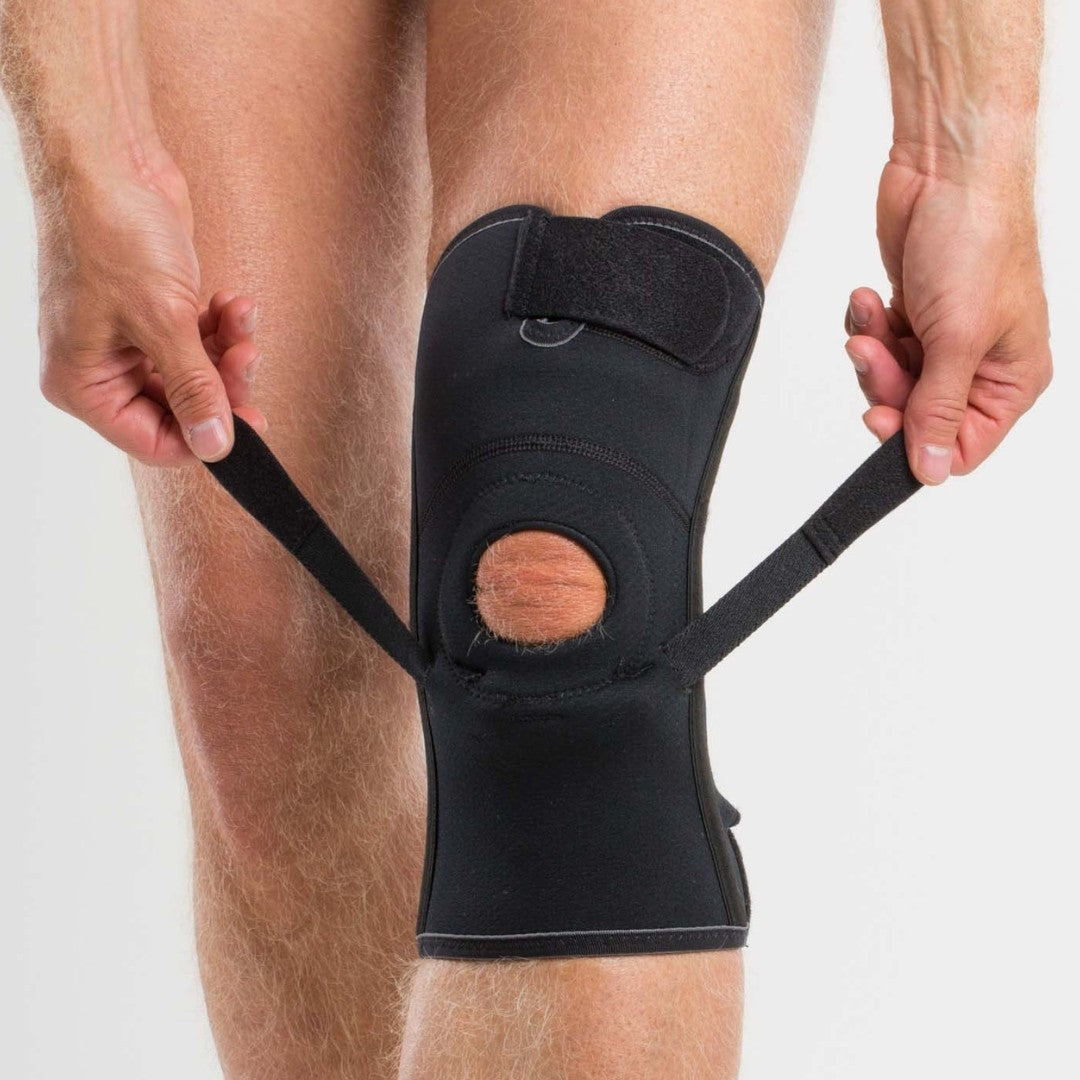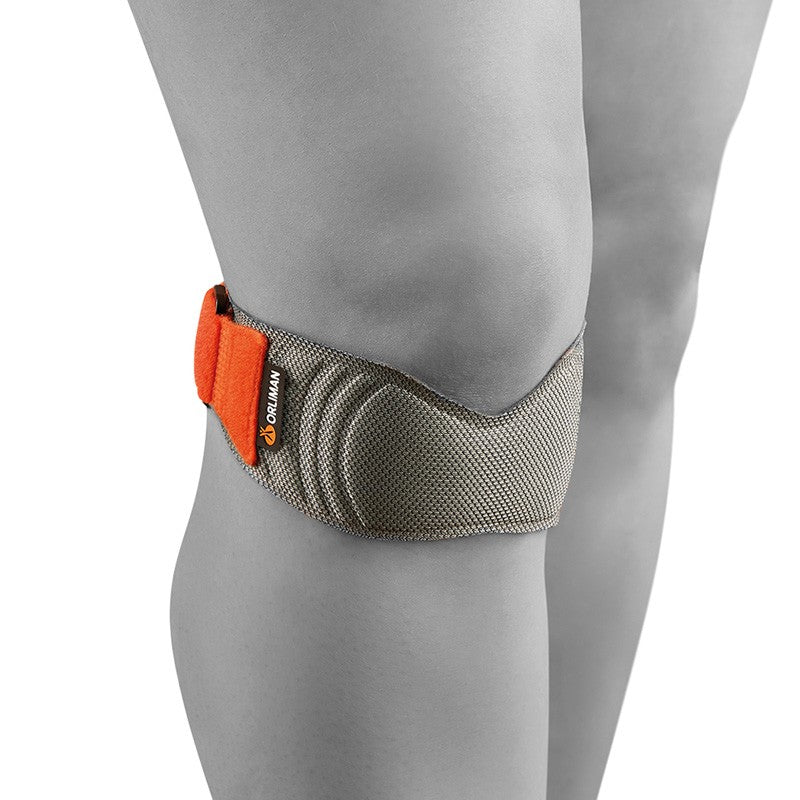Schlatter's disease, also known as Schlatter's disease, is a common cause of knee pain in children between the ages of 8 and 16. The condition is caused by inflammation of the patellar tendon's attachment to the lower leg, often associated with periods of growth and high activity.
What is Schlatter?
Schlatter's disease, or Morbus Schlatter, is an inflammation of the patellar tendon's attachment to the lower leg. This can cause a tender lump under the kneecap, known as a "Schlatter's nodule." The condition is completely harmless and goes away when the child is fully grown, but can be painful in the meantime.
Common causes & risk factors
Lower leg pain can occur for several reasons. During growth periods, the growth zone is extra sensitive and the risk of problems increases. A high amount of training, especially in sports that involve a lot of jumping and running, can also contribute to the problems. Repetitive loads in everyday life and training are also common risk factors that can lead to pain.
Symptoms
- Pain below the kneecap during activity, sometimes even at rest
- Tenderness and sometimes swelling over the patellar tendon attachment
- Pain when climbing stairs or intense muscle use
-
Lump formation (“Schlatter nodule”) under the knee
When should you seek medical attention?
In case of very severe pain, persistent discomfort that is not relieved by rest, or if the child has difficulty participating in everyday activities.
Recommended protection & support
A specific Schlatter knee brace can relieve the area under the knee and reduce pain during activity. The brace is placed above the point of pain for optimal effect. Stretching the front and back of the thigh can also help reduce the strain. With the right relief, the child can often continue to be active without risk, even if the pain persists for a period.

